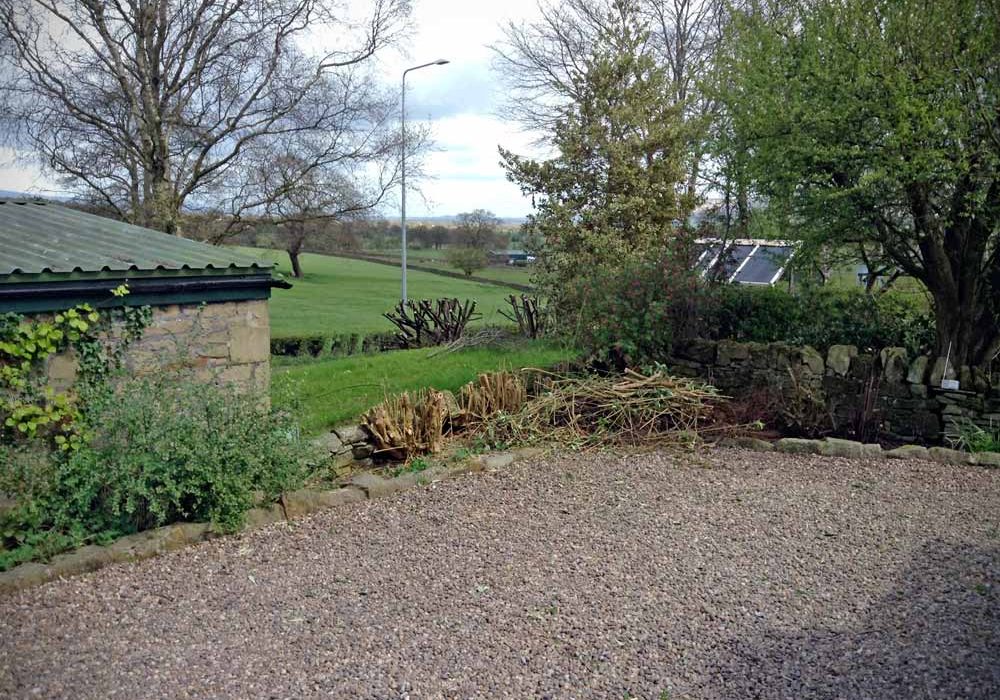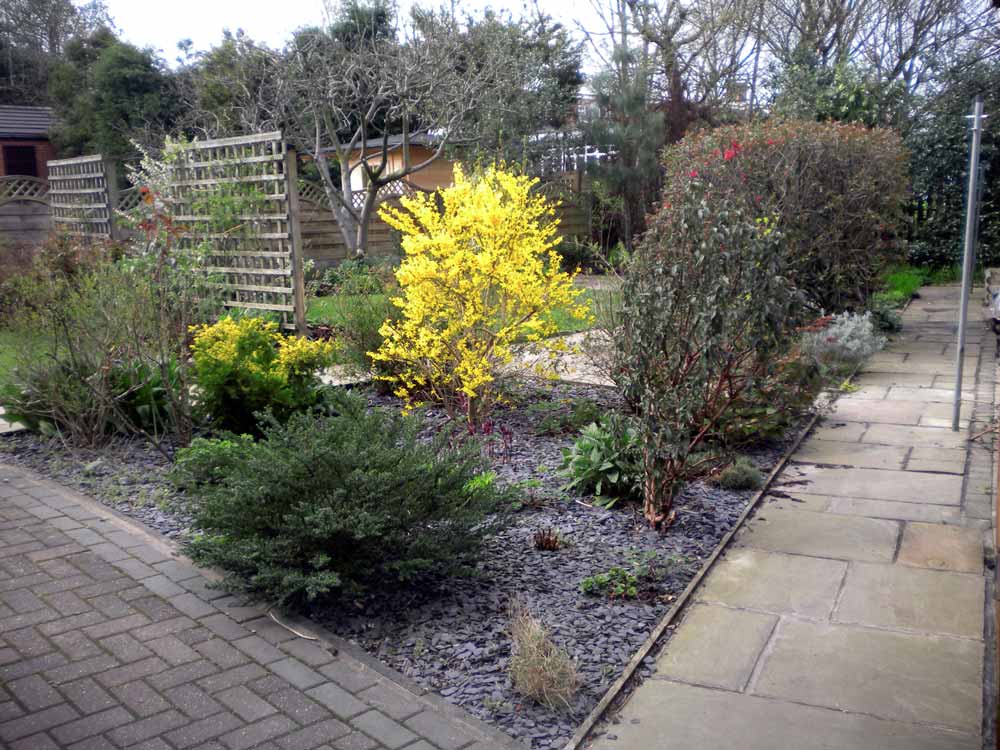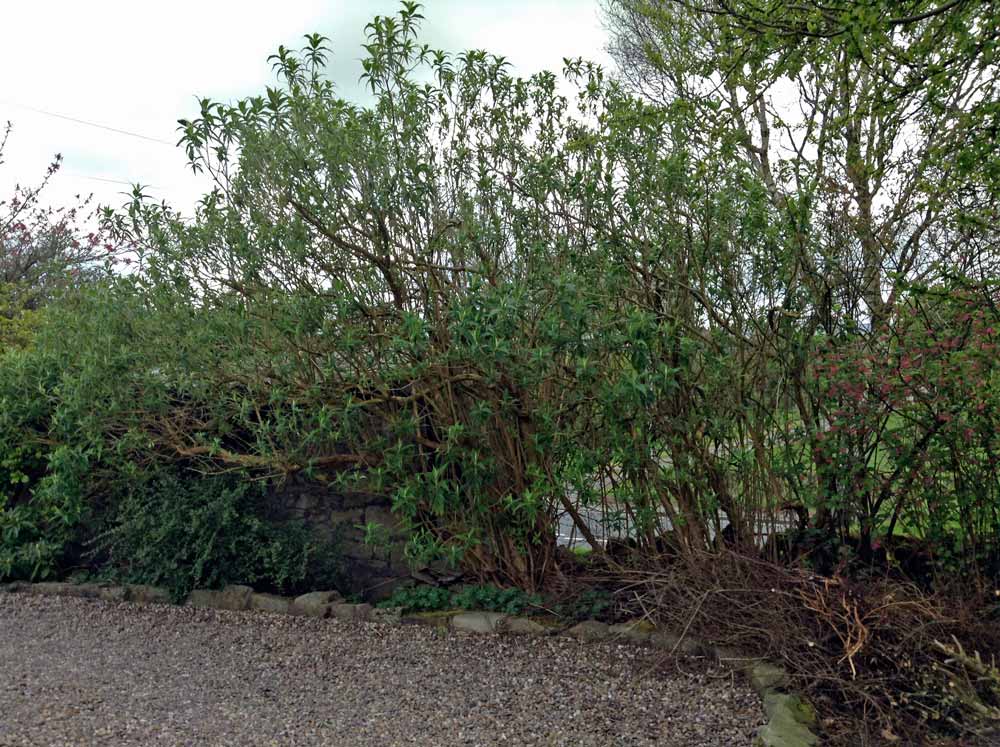
Perfect Pruning | Gardening with Geoff Moss
by Geoff Moss
So as we once again wander through another gardening year there is an item in the garden that comes up year after year which is something that many gardeners find a little confusing and obviously needs the spotlight shining on it. This most common and sometimes knotty of problems is of course pruning, so in this edition we are going to put it under the magnifying glass in order to perhaps provide some simple and clear principles and techniques with which you can make your pruning more straightforward.
Without further ado let’s have a look at some of the principles first then we will look at the techniques surrounding them. The principles of pruning are as follows:
Caution – You can always take more off, you definitely can’t glue it back on! So always remove less than you think then remove more as necessary
Hygiene – Ensure your tools are sharp and the cuts are clean and appropriate size, messy or large cuts can be a source of infection from pests and disease
Position – Always cut to a junction and ensure the cuts are in a position that benefits the plant and it’s appearance
Suitability – Ensure that any pruning methods are appropriate to the plant, its appearance and its surroundings
Timing – Ensure that the pruning time is correct to the plant and the conditions it is in
These are the principles but how do you apply them to your own garden I hear you ask and more importantly how do you go about pruning the plants in your garden. Well, there are certain methods that will usually produce a satisfactory result so we will look at these in a moment but first we must look at the reasons for pruning as this is a paramount part of a pruning exercise and will relate directly to how you prune the plant. The following are reasons for pruning:
Health and Hygiene – cleaning wounds and dead wood is an important part of pruning and can mean the difference between a plant living and dying. Also removing branches that are damaged, diseased or crossing can prevent infection from becoming an issue.
Air and Light – When plants become congested or overgrown they can be a risk to themselves and other plants around them, a congested plant can be a source for diseases or pests due to lack
of air movement or a warm and safe place for pests to live. An overgrown or congested plant can also block out light to other parts of the garden affecting other plants that need the light or as
before creating a haven for pest and disease.
Regeneration – Unlike us, plants can regenerate if they are heavily pruned so there are 3 desirable outcomes from this method
- The plant can be brought back to health
- New stems are produced which may be decorative (Dogwood) or carry flowers (Buddleja)
- Creation of new stems for timber production, known as ‘coppicing’.
Encouragement – Pruning can encourage not only new growth but also flowering and even fruiting.
Shape and appearance – This is key to the aesthetics of the garden so it becomes more important after the health of the plants is taken care of.
Once you know the reason for pruning your plants it is easy to choose a method of pruning because the reason will suggest how the pruning should be done. Here are the methods that will produce a satisfactory result:
Know you plants – This is by far the most important part of pruning (and of course other gardening) because the more you know about what plants you have in the garden, the easier it will be
to define correct pruning methods, for example conifers only need trimming whereas Dogwood, Buddleja and Pheasant Berry all need hard pruning. So for my regular readers use the methods we learnt at the very start (nearly three years ago!) to identify the plants and groups of plants in your garden, for newer readers you will need to take time to learn the plants in your garden or at least the groups of plants e.g. perennials – die down and re-grow each year, conifers have feathery foliage and are evergreen, shrubs usually have woody stems and can drop their leaves or be evergreen; Once you know what plants or types of plants you have you can work out pruning methods.
Prune after flowering – Most flowering plants respond best to pruning after they have flowered so once you know what plants are in your garden you will be able to work out which ones flower,
when they flower and therefore when to prune these.
Trim rather than cut – There are a number of plants not grown for their flowers e.g. conifers, hedging, decorative foliage plants; that will respond well to trimming small amounts of the entire
plant rather than cutting big lumps off parts of them.
- Before
- After
Health and hygiene – Removal of unwanted or unnecessary stems and branches from plants can aid the health of the plant, air flow in and around the plant, or reduce the risk of pests and diseases getting a foothold. Remember, like us, a healthy plant will fend off foes much more easily. Use the four D’s and a C – Dead, Diseased, Dying, Damaged and Crossing – remove stems or
branches displaying these symptoms and you won’t go far wrong.
Thinning – Again linked to the health of the plant but if there are none of the symptoms displayed as mentioned above it is often useful to remove stems or branches particularly from the middle of the plant to: aid air flow, allow the remaining stems to be stronger and of course avoid pests and diseases forming.
Heavy pruning, stumping, coppicing – On occasion a plant can benefit from a large amount of pruning and indeed some plants respond to being cut down to just the stump due to the way they grow. A plant may need larger or older branches removing due to being old so all old stems can be removed to leave the young more vibrant shoots. Likewise in plants like Buddleja and Dogwood, they will require cutting down to a stump to produce the new growth on which they flower or bear brightly coloured stems respectively, exercise caution though as not all plants respond to being cut to a stump.
Framework pruning – Similar to thinning this is a method where all smaller stems are removed to leave a ‘framework’ of larger stems which will be more vigorous and therefore more beneficial
whether they flower fruit or bear decorative stems – a method often used on climbers.
Stem and foliage removal – Not as drastic as it sounds as this mainly relates to perennials at the end of the season (or even just before the beginning of next season) which require all the old growth to be removed in order to make way for the new growth in the coming new season. The closest that shrubs get to this is stumping or coppicing.
I hope you have found my foray into the world of pruning useful, unfortunately there isn’t space to go into all the individual methods of pruning related to individual plants but I hope the article has provided an insight into how to decide and choose a method of pruning. Join me in the next article when we shine the spotlight on lifting and moving plants, an often essential but sometimes little known technique.








